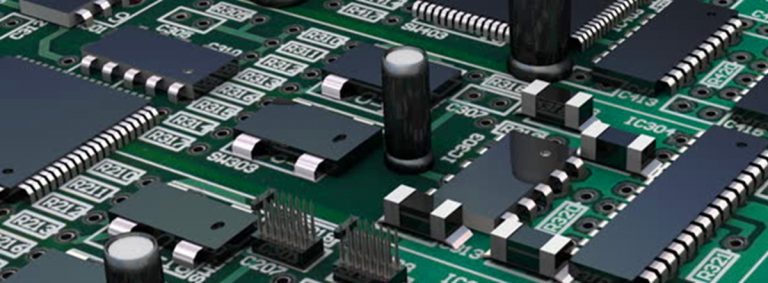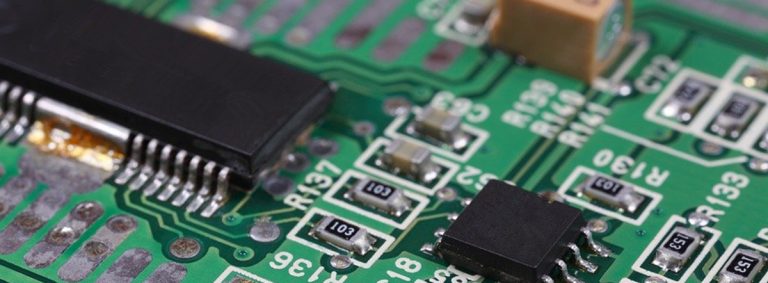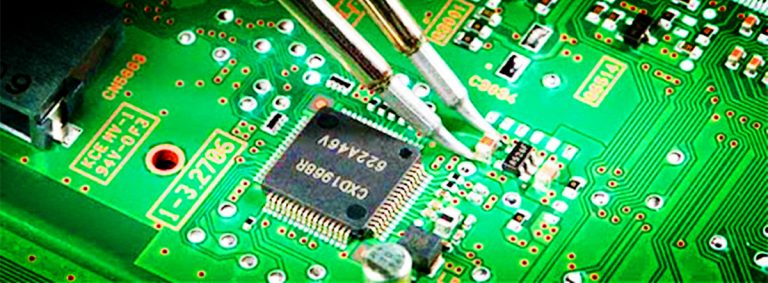The Types of Metal Substrates of PCB Circuit Boards

The times are developing and technology is advancing. Nowadays, black technologies such as unmanned driving, smart home, and smart wear are constantly emerging around us, and the core components of these products include circuit boards. The PCB circuit board products currently on the market are divided into three main categories from the material categories: ordinary substrates of PCB, metal substrates of PCB, and ceramic substrates of PCB. Today I want to share with you the metal substrate.
Classification of metal substrates:
There are three main types of metal substrates: aluminum substrates, copper substrates, and iron substrates. Iron substrates are rarely used in the market, and the focus is on aluminum substrates and copper substrates.
The aluminum substrate is a unique metal-based copper-clad laminate with good thermal conductivity, electrical insulation properties, and mechanical processing properties. Aluminum substrates are currently the most used substrates among metal substrates, and aluminum substrates have a thermal conductivity 10 times higher than epoxy substrates. Aluminum substrates are divided into flexible aluminum substrates, mixed aluminum substrates, multilayer aluminum substrates, and through-hole aluminum substrates.
The copper substrate is the most expensive kind of metal substrate. The heat conduction effect is many times better than that of the aluminum substrate and iron substrate. The circuit layer requires a large current-carrying capacity, so thicker copper foil should be used, the thickness is generally 35μm~ 280μm; Copper substrates are divided into gold-plated copper substrates, silver-plated copper substrates, tin-sprayed copper substrates, and oxidation-resistant copper substrates.







